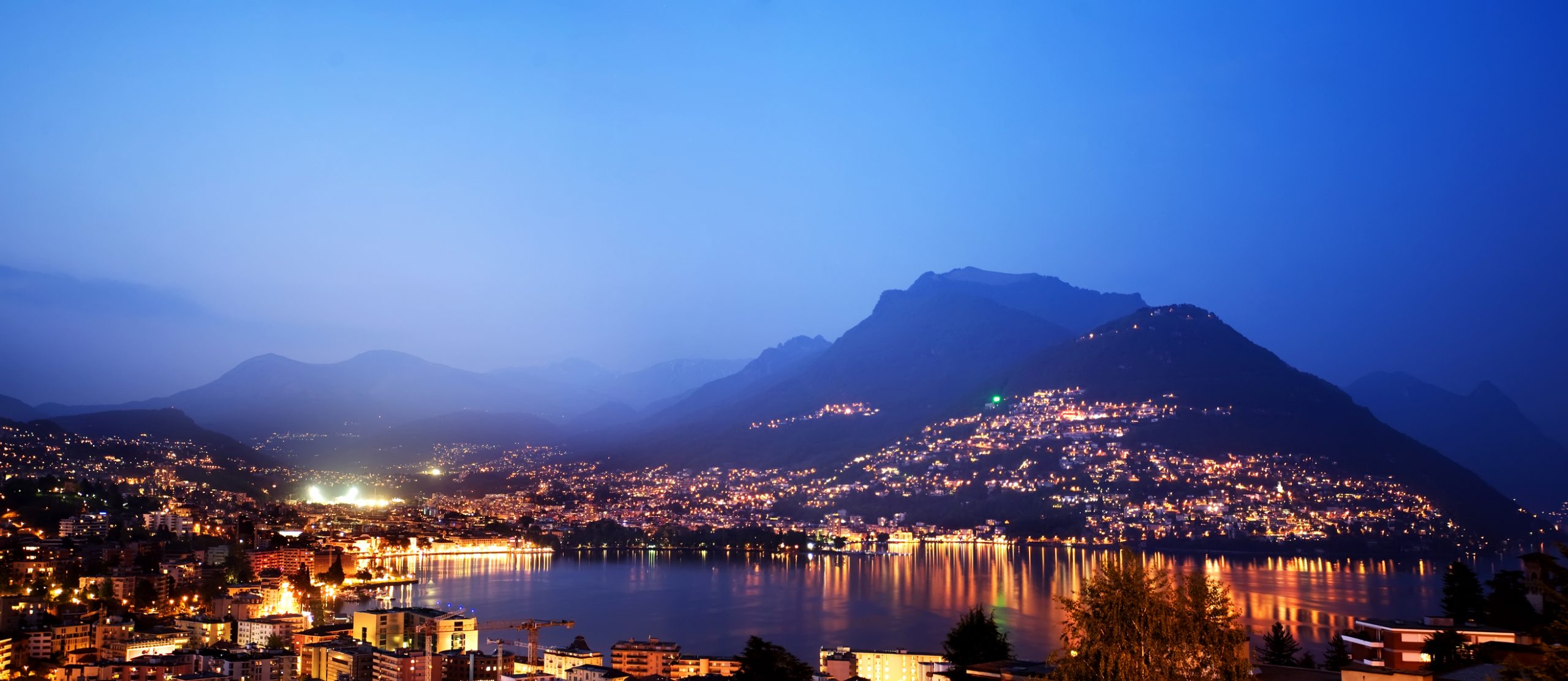As most Italians and Italian Americans know, in every large, or for that matter small city, one can usually find a “Little Italy” where Italians have congregated for generations, perpetuating the Italian culture and heritage. Even in German-speaking Switzerland lies, almost hidden, a true gem of Italian culture called Lugano.
Located in the region known to Italians as Ticino, Lugano is its largest city. It lies on Lake Lugano and is only 8 km from the Italian border, which can be easily seen on most days. Lugano is surrounded by mountains such as Monte Bre, San Salvatore, and the Singhignola. Lugano’s suburb Gandria reaches right up to the border. Located south of the Alps, and with its surrounding mountains, Lugano has a mild climate and is therefore a big tourist destination. I can testify to that, having visited there many times in the last 25 years.
The landmark hotel that I have called home in Lugano is the “historic” International Au Lac, built in 1906 and owned and operated from that date by the Familia Giulio Schmid. Located at the corner of the famed Via Nassa, Lugano’s Rodeo Drive, and the lakefront, it serves as a center point to this amazing city. The International was recently recognized by UNESCO’s International Council on Monuments and Sites as an eminent historic site.
Despite his advancing years, Sig. Schmid is on site each day supervising the sumptuous morning breakfast in the skylight-illuminated dining room, greeting each guest in the historic lobby with its circular stairway, to afternoon cocktails in the Blues Bar overlooking the lake, and on into the evening’s dinner hour. A recently added museum room shows the incredible 100+ year history of the hotel, with many artifacts and photographs.
One does not have to venture very far to enjoy the best of Italian art. In fact, a mere 50 feet from the hotel’s main lobby one finds himself in front of the lovely Chiesa Santa Maria degli Angioli. Built in 1499, it houses two major works by famed artist Bernardino Luini, the frescos of “The Passion and Crucifixion of Christ” and the equally beautiful “Last Supper’, painted in 1529.
The Passion and Crucifixion took ten years to finish, and it represents the artistic highlight of all Ticino, as well as the finest Renaissance fresco in all of Switzerland. After viewing these masterpieces, one can easily understand why Luini is called the “Raphael of the North.”
Archaeological studies have found the area was once settled by Etruscans, and that in the 9th century it was subject to the Bishop of Como. During the Middle Ages, it was also the scene of complex struggles between the cities of Milan and Como.
But what would a visit to any Italian city be without a sampling of the best in local cuisine? Lugano has one of the finest 5 star restaurants in Europe, and it is located on a hillside plateau within the famous Villa Principe Leopoldo Hotel & Spa.
Under the careful direction of its Maitre d’Hotel Claudio Recchia, fortunate visitors can enjoy the finest delicacies accompanied by world-class Italian wines, all the while overlooking the twinkling lights of the city and Lake Lugano far below.





























